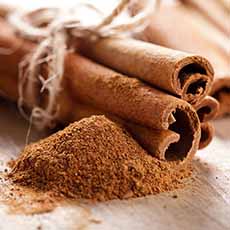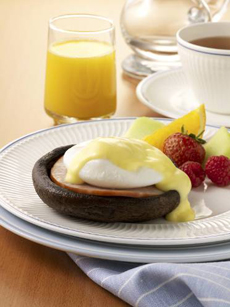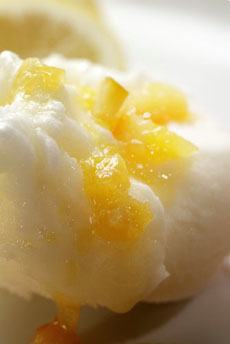|

[1] The perfect cookie for Cinco de Mayo (photos #1 and #2 © Wisconsin Cheese).

[2] Make some as gifts (photo © Bruna Branco | Unsplash).

[3] Whole and ground cinnamon (photo © American Heritage Chocolate).

[4] Add your favorite coffee liqueur—which you can also drink with the cookies (photo © Kahlúa).

[5] Here’s a hack: Buy vanilla or cinnamon cookies and a jar of dulce de leche (photo © Cookie Panache [now closed]).
|
|
What could be tastier on Cinco de Mayo than dulce de leche sandwich cookies?
This recipe, courtesy of Wisconsin Cheese, makes two dozen of them.
Another name for the cookies is noche bueno, meaning good night in Spanish—which it certainly will be when you sit down with these cookies and coffee or milk.
If you don’t have the time or inclination to bake, check out the hack in photo #5.
RECIPE: DULCE DE LECHE COOKIES
Ingredients For 24 Cookies
1-1/2 cups all-purpose flour
1/4 cup cocoa powder
1 teaspoon chili powder
1 teaspoon ground cinnamon
1/2 teaspoon salt
3/4 cup (1-1/2 sticks) unsalted butter, softened
2/3 cup granulated sugar
2 large egg yolks
2 tablespoons coffee liqueur, such as Kahlúa (or 2 tablespoons brewed coffee for an alcohol-free version)
1 teaspoon pure vanilla extract
4 ounces fine-quality bittersweet chocolate, finely chopped, melted, and cooled*
1/2 cup dulce de leche or very thick, spreadable caramel†
Optional Garnishes
Ground almonds
Additional cocoa, cinnamon and/or chili powder
Preparation
1. PREHEAT oven to 350°F with oven racks in upper and lower third positions.
2. SIFT or whisk together flour, cocoa, chili powder, cinnamon and salt in a bowl until combined. Set aside.
3. COMBINE butter and sugar in a bowl. Using an electric mixer or wooden spoon, beat until light and fluffy.
4. ADD egg yolks, coffee liqueur (or coffee) and vanilla, beating well, scraping down the sides after each addition. Mix in the cooled chocolate.
5. REDUCE speed to low, add dry ingredients 1/2 cup at a time, and mix until combined well.
6. DROP batter by rounded teaspoons 1 inch apart on ungreased baking sheets. If desired, sprinkle with ground almonds.
7. BAKE, rotating the baking sheets halfway through, until cookies are puffed up and dry looking around the edges, 8 to 10 minutes. Transfer with a metal spatula to racks to cool.
8. CONTINUE with the remaining dough, making sure to let the baking sheets cool between batches.
9. FILL the cookie sandwiches: Spread 1/2 teaspoon of dulce de leche on the flat side of a cookie, top with a second cookie to form a sandwich. Fill remaining cookies in the same manner.
10. DUST with additional cocoa powder and a sprinkle of cinnamon, ground almonds and/or chili powder.
> THE DIFFERENT TYPES OF COOKIES
> THE HISTORY OF COOKIES
________________
*For the best chocolate flavor, look for bittersweet chocolate with a minimum of 60 percent cocoa solids.
†Dulce de leche is available near the canned milk at Latin markets and many supermarkets. Here’s how to make your own dulce de leche from condensed milk.
|












